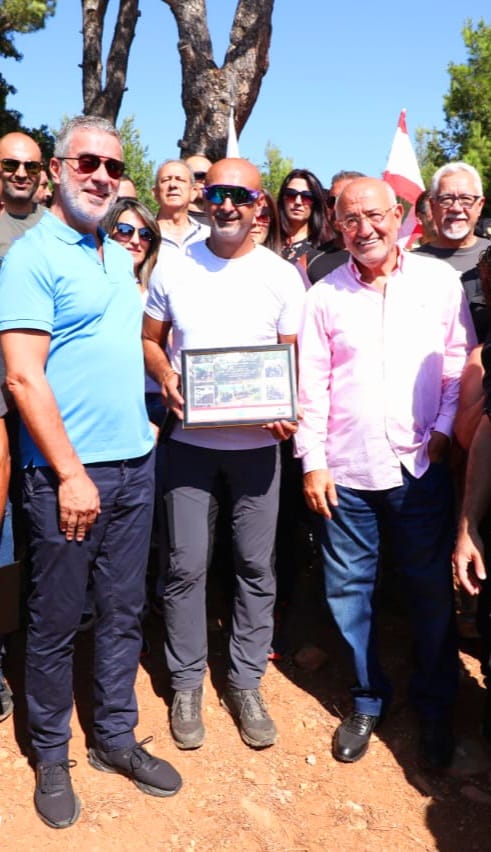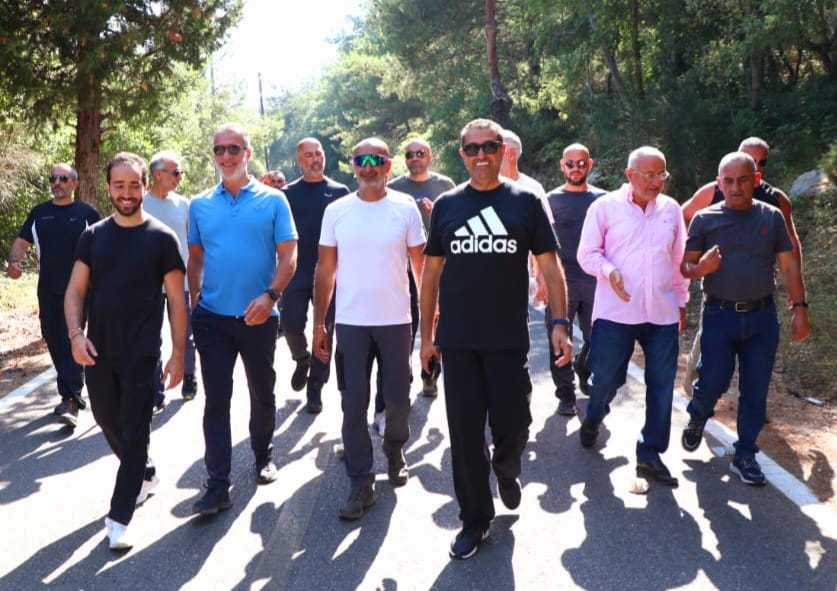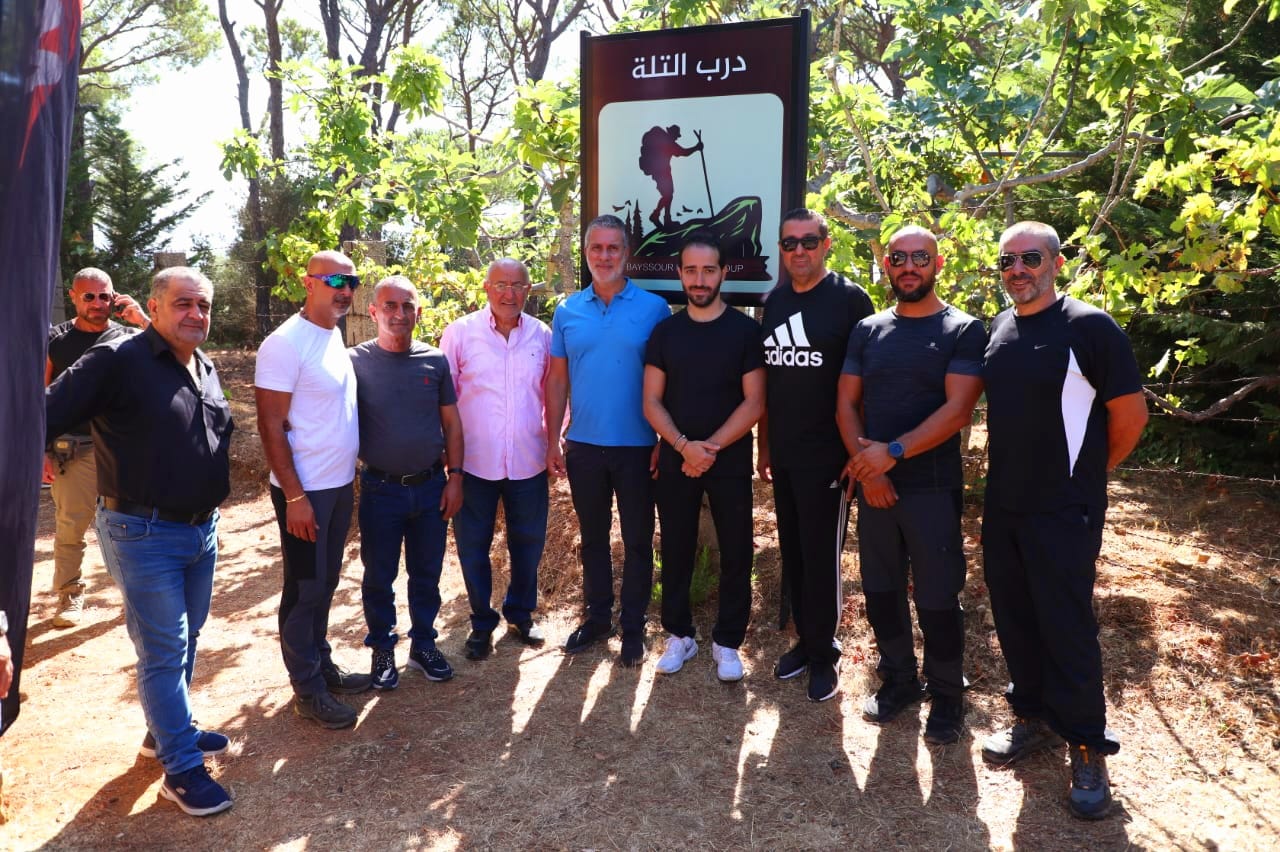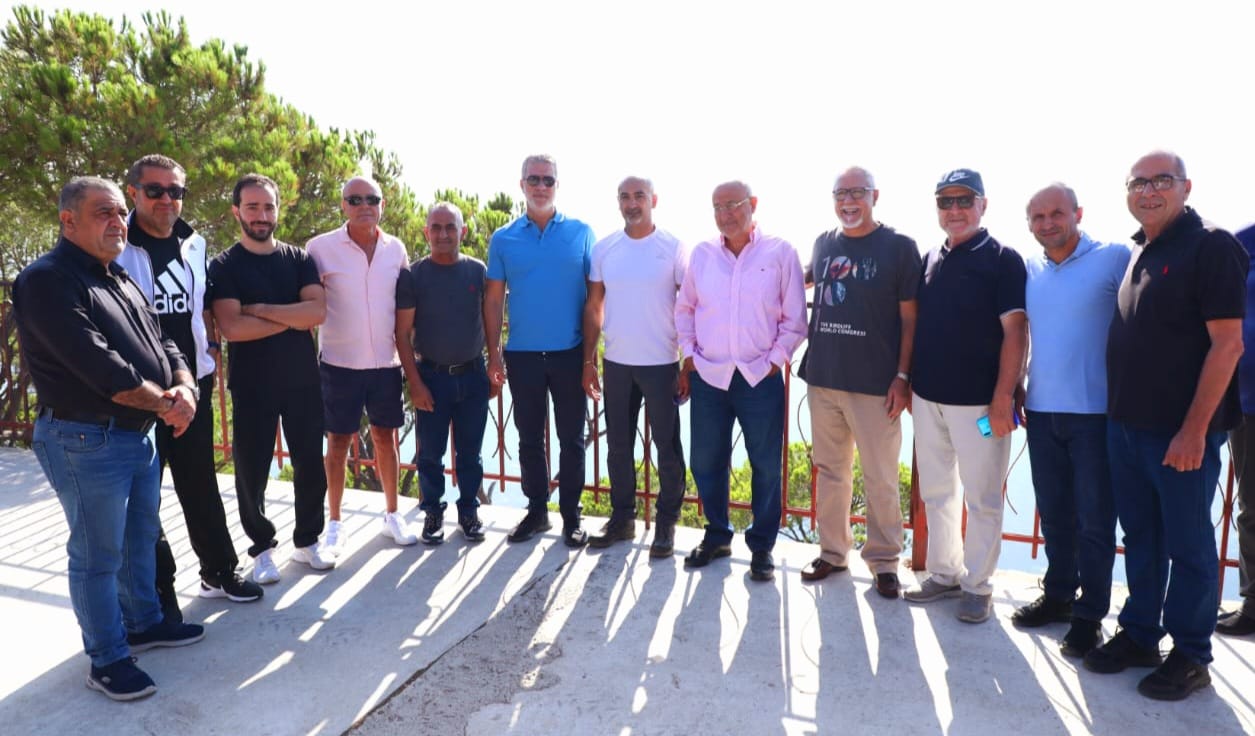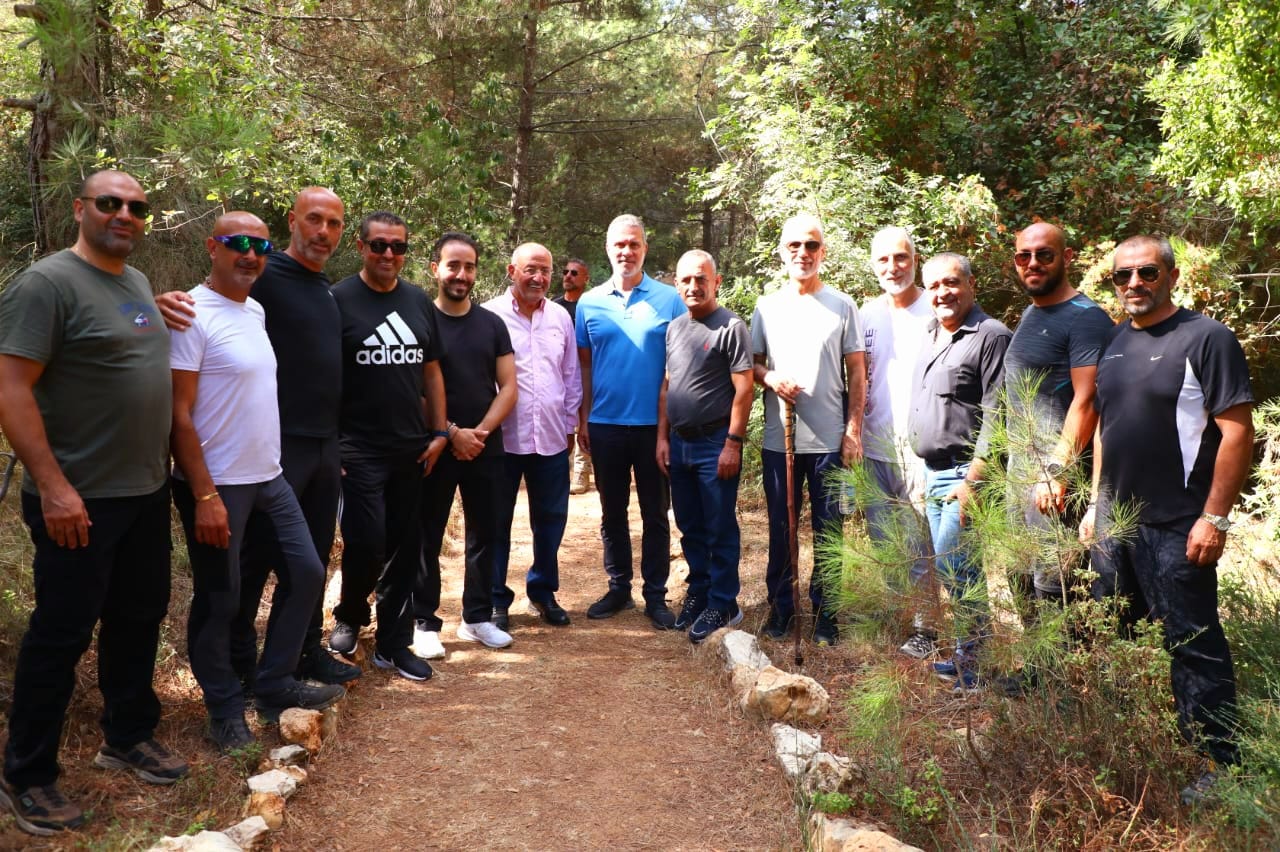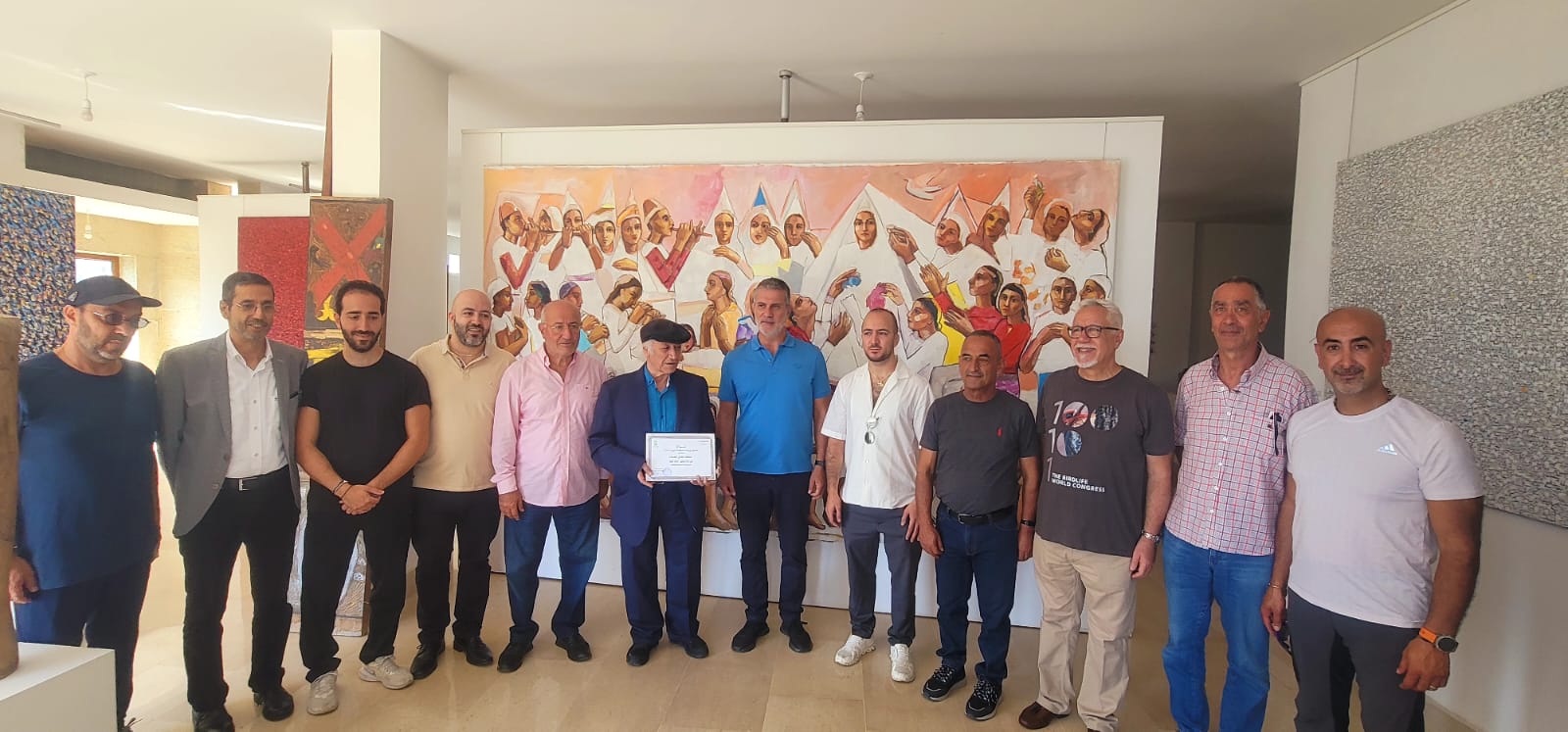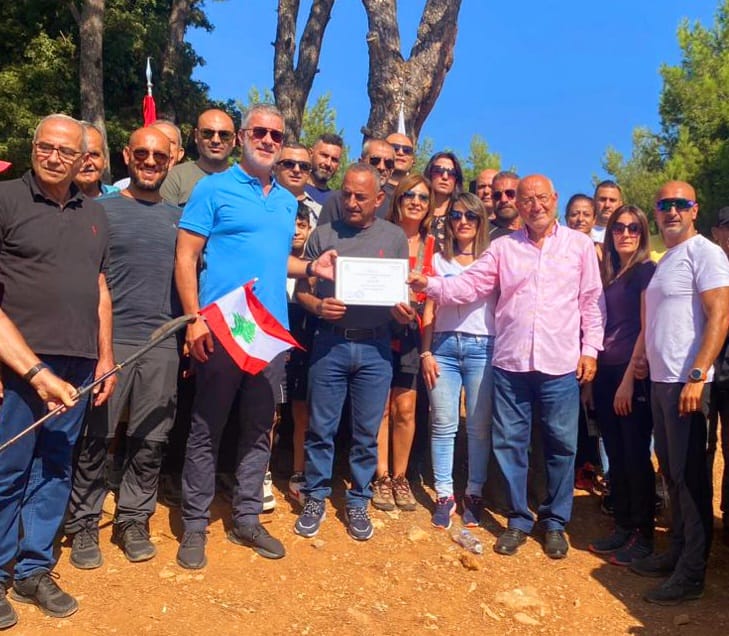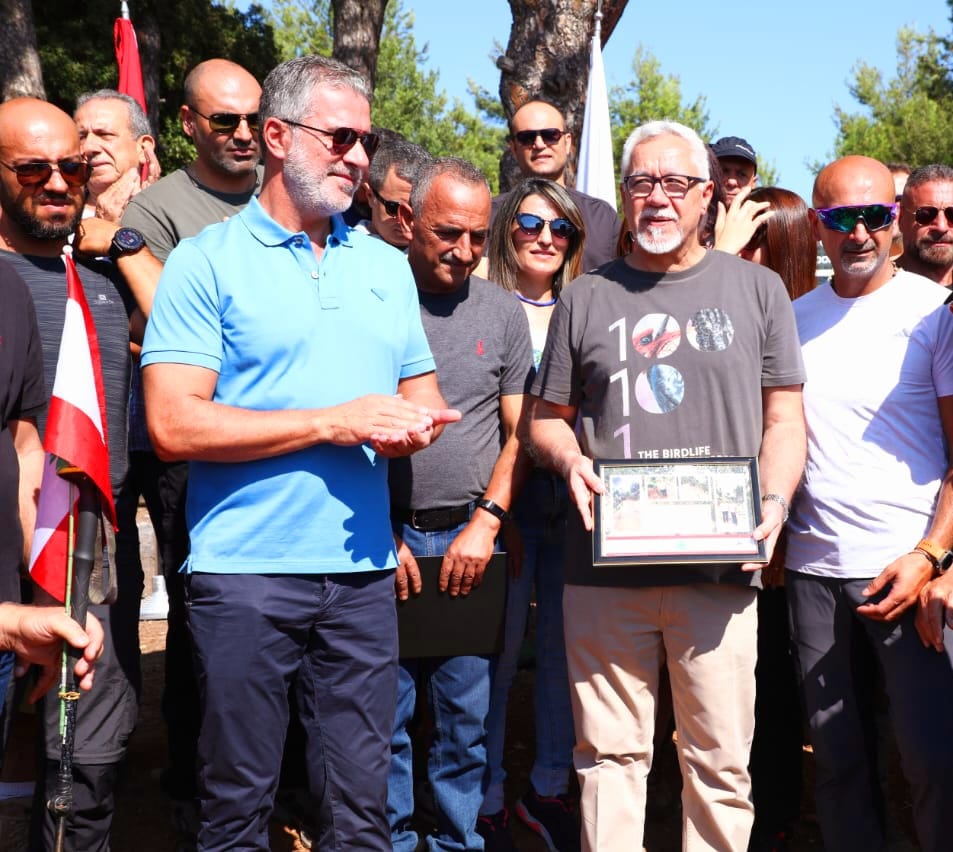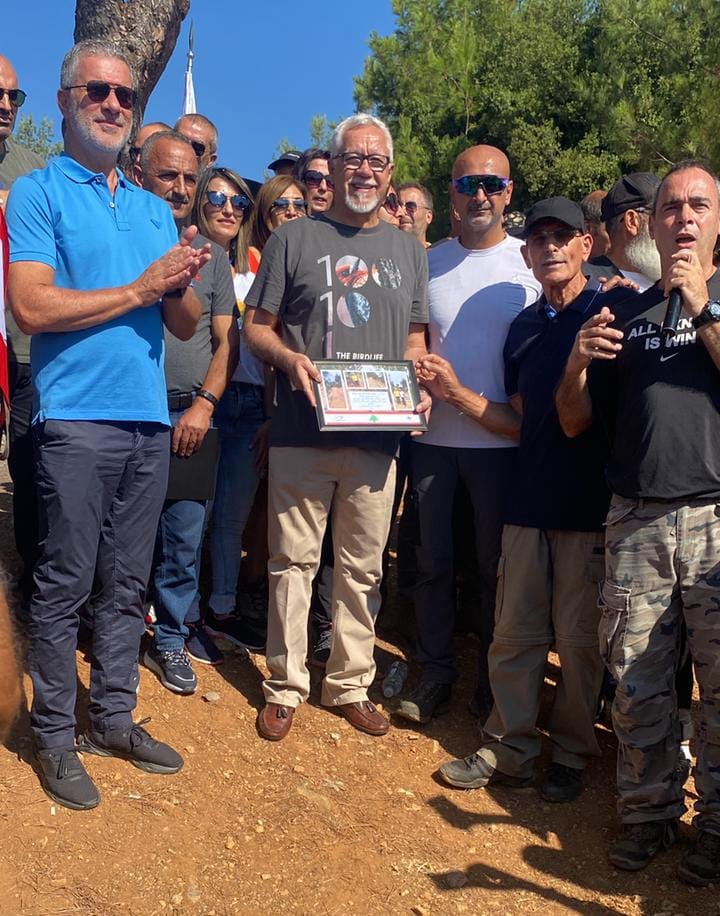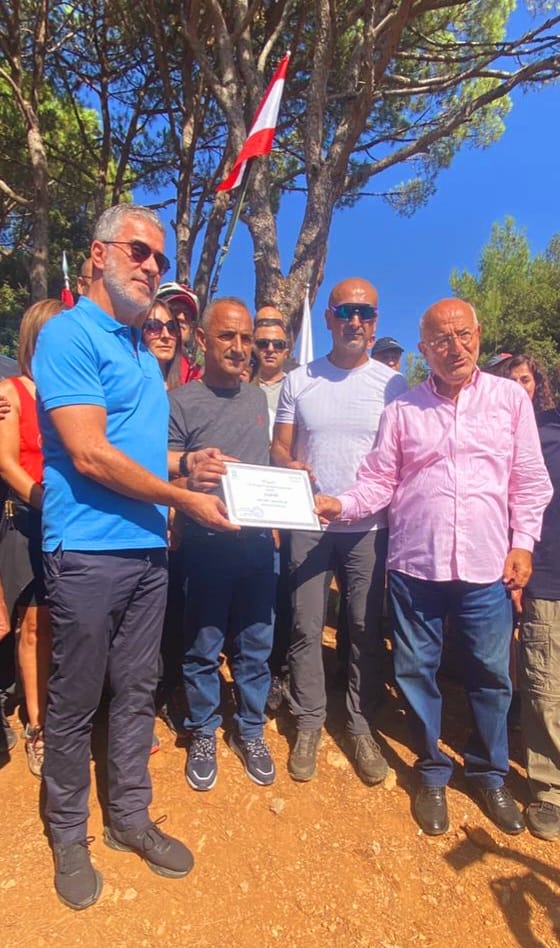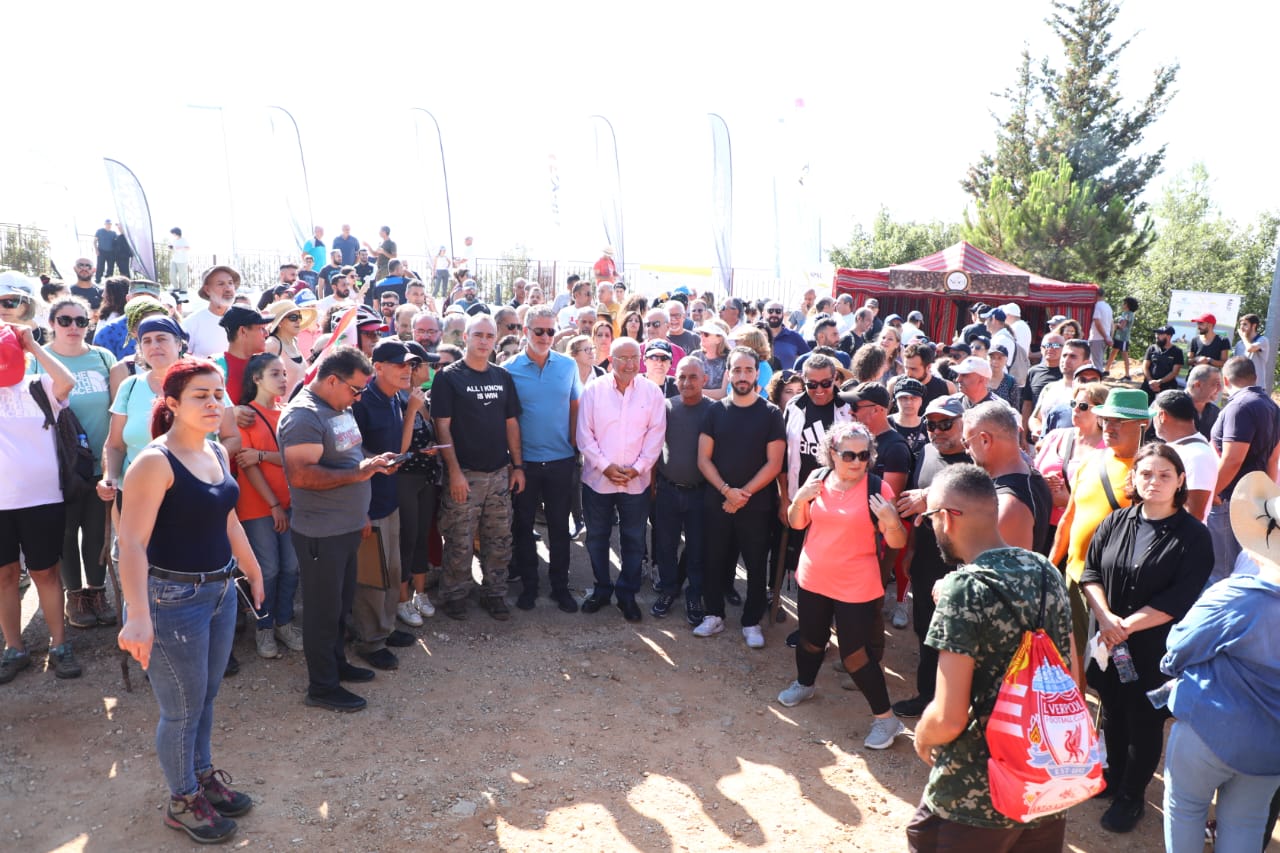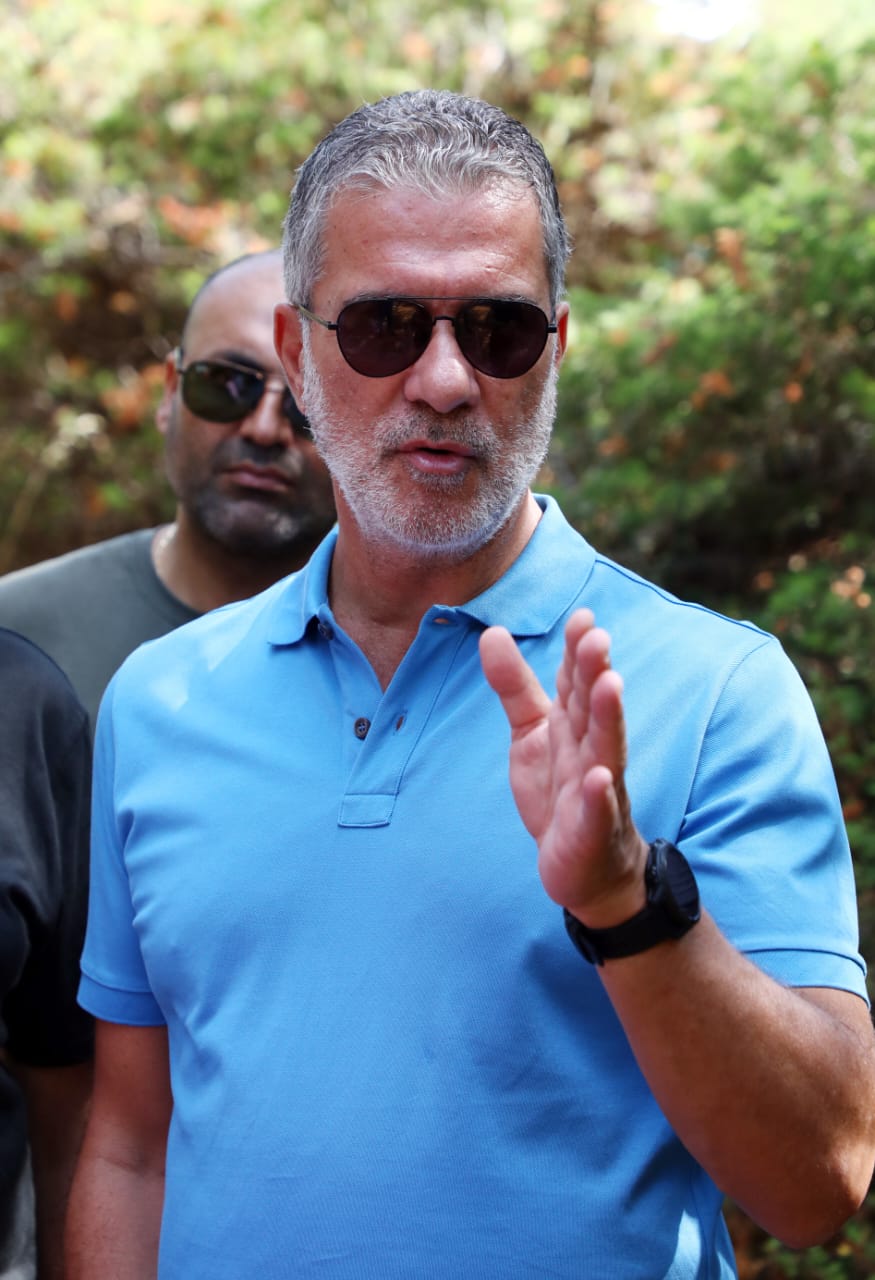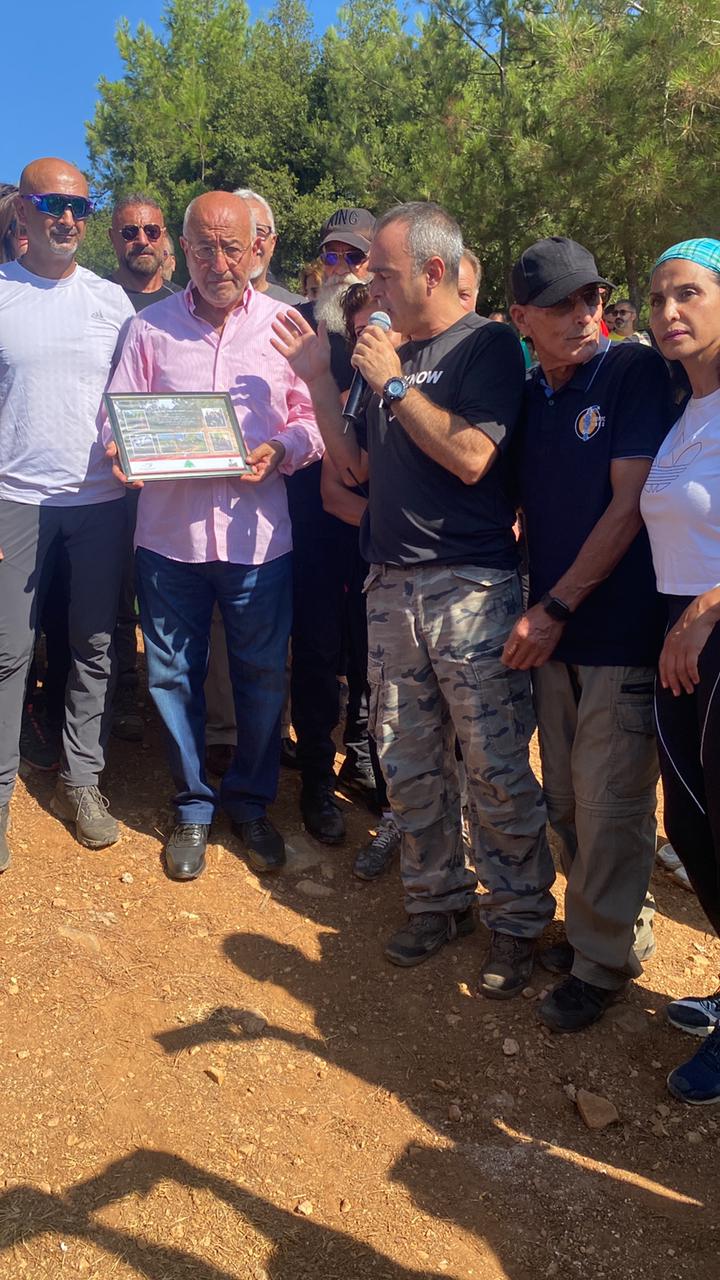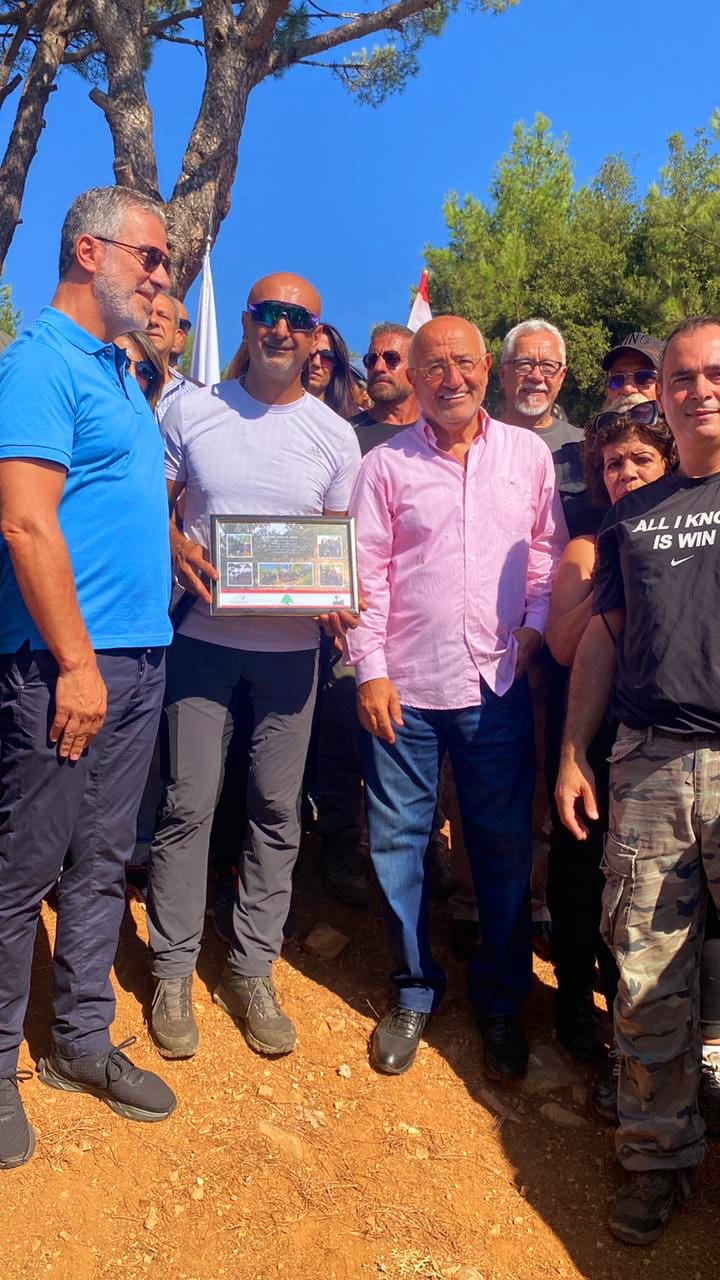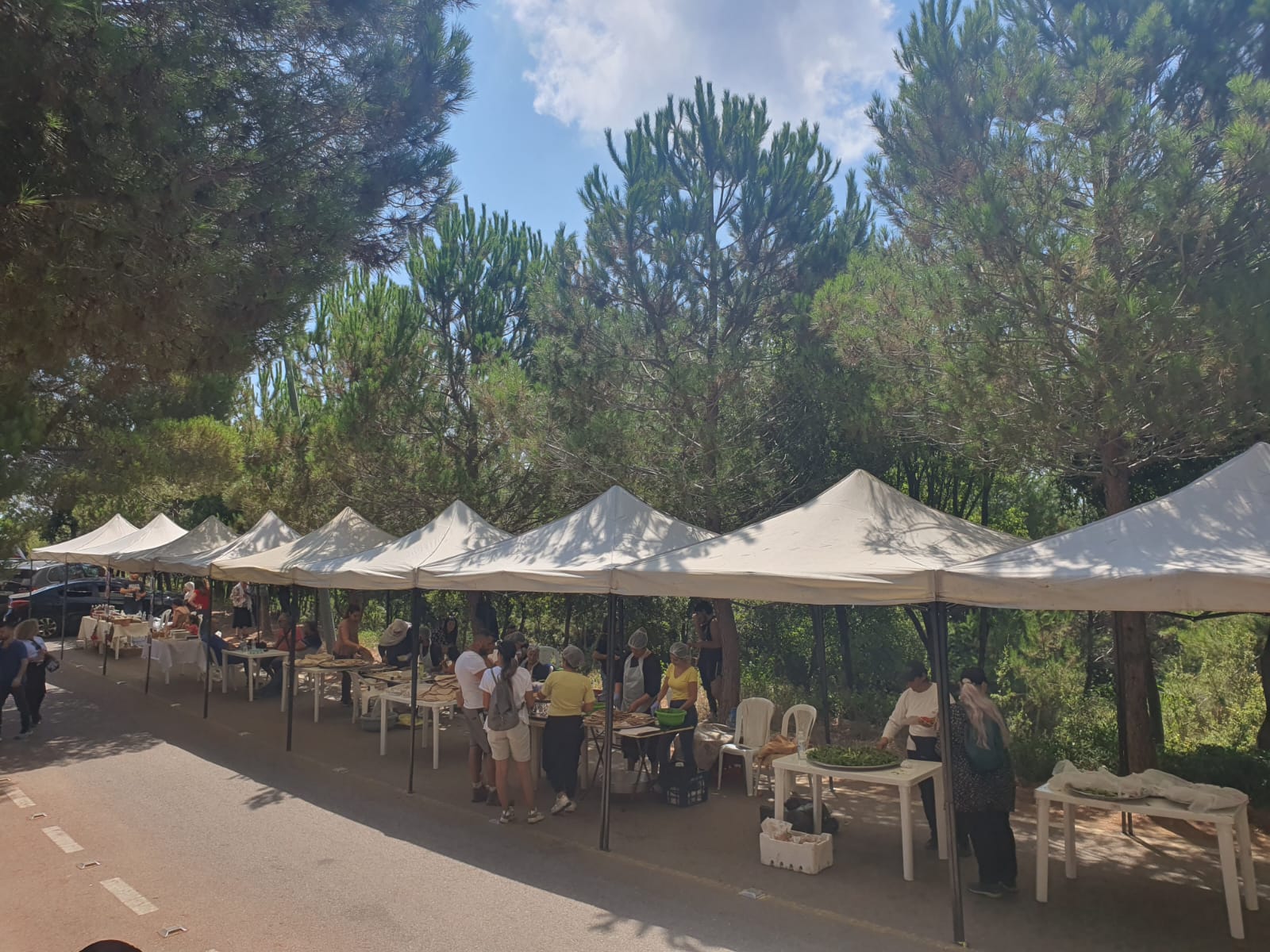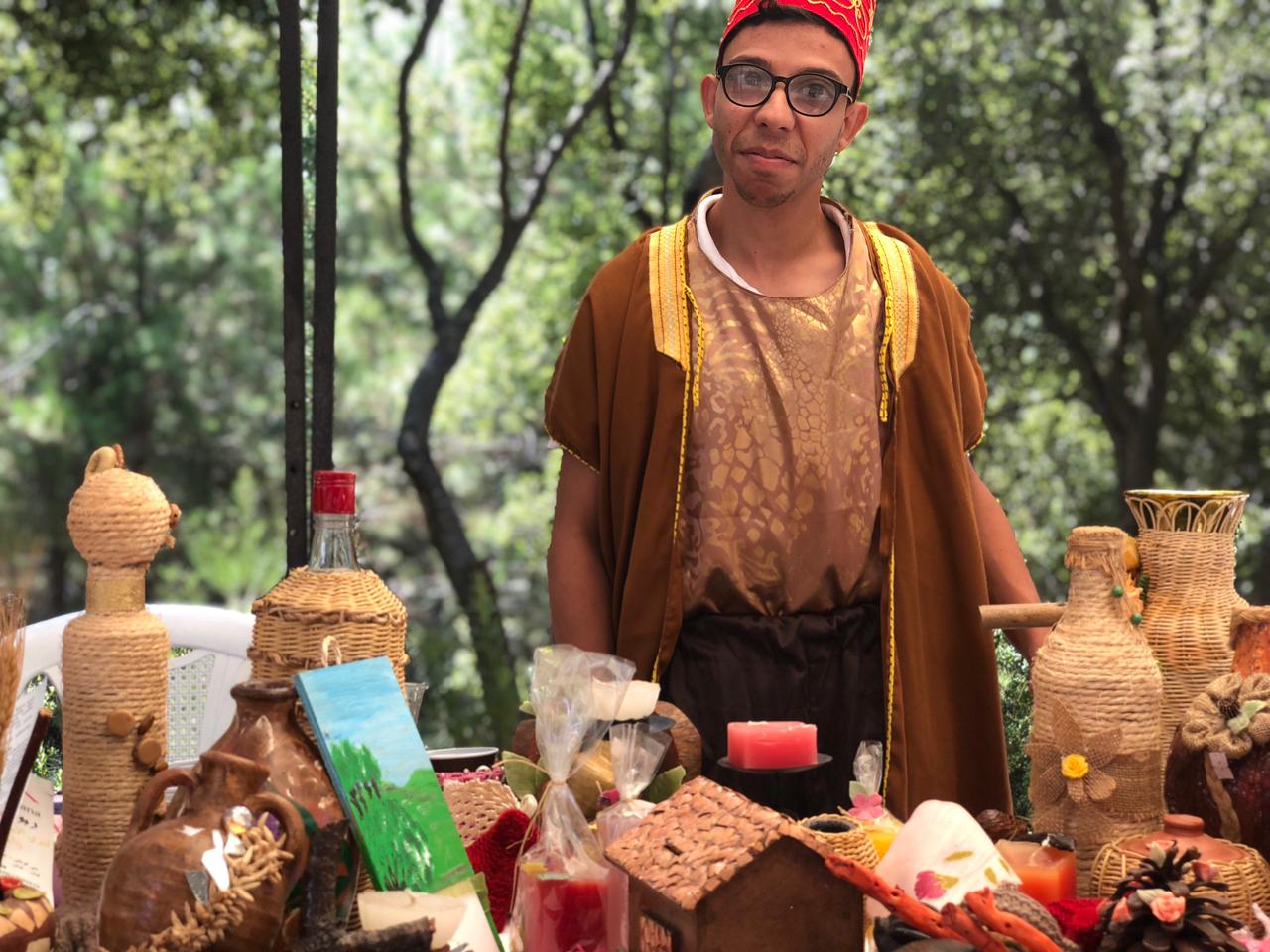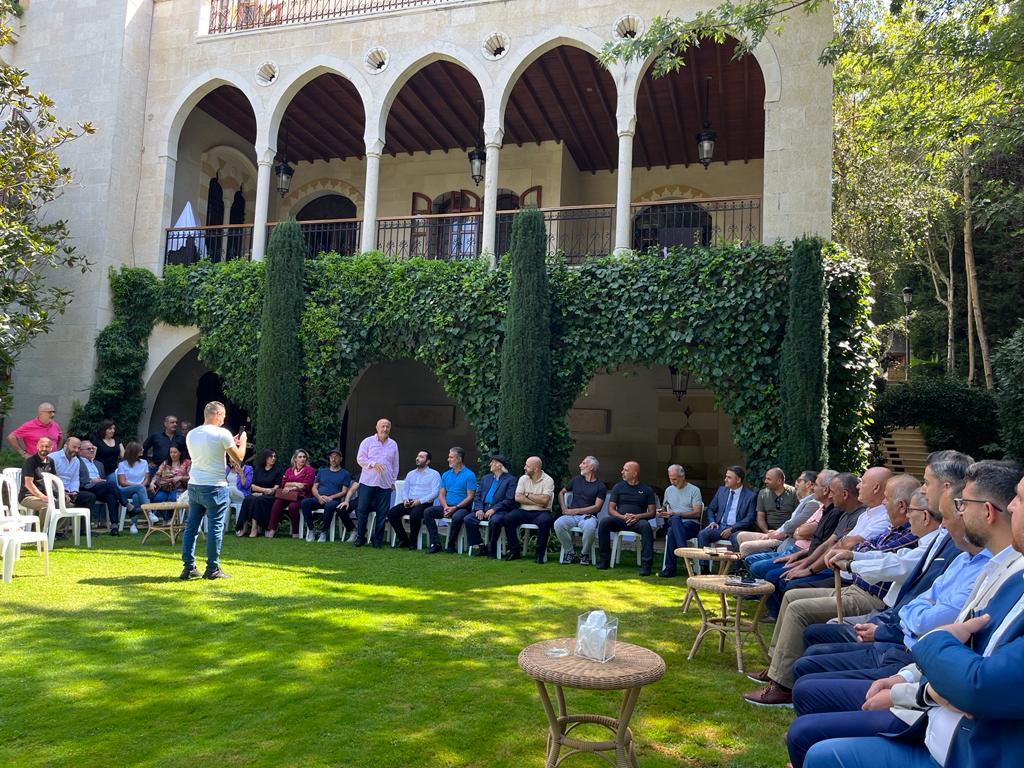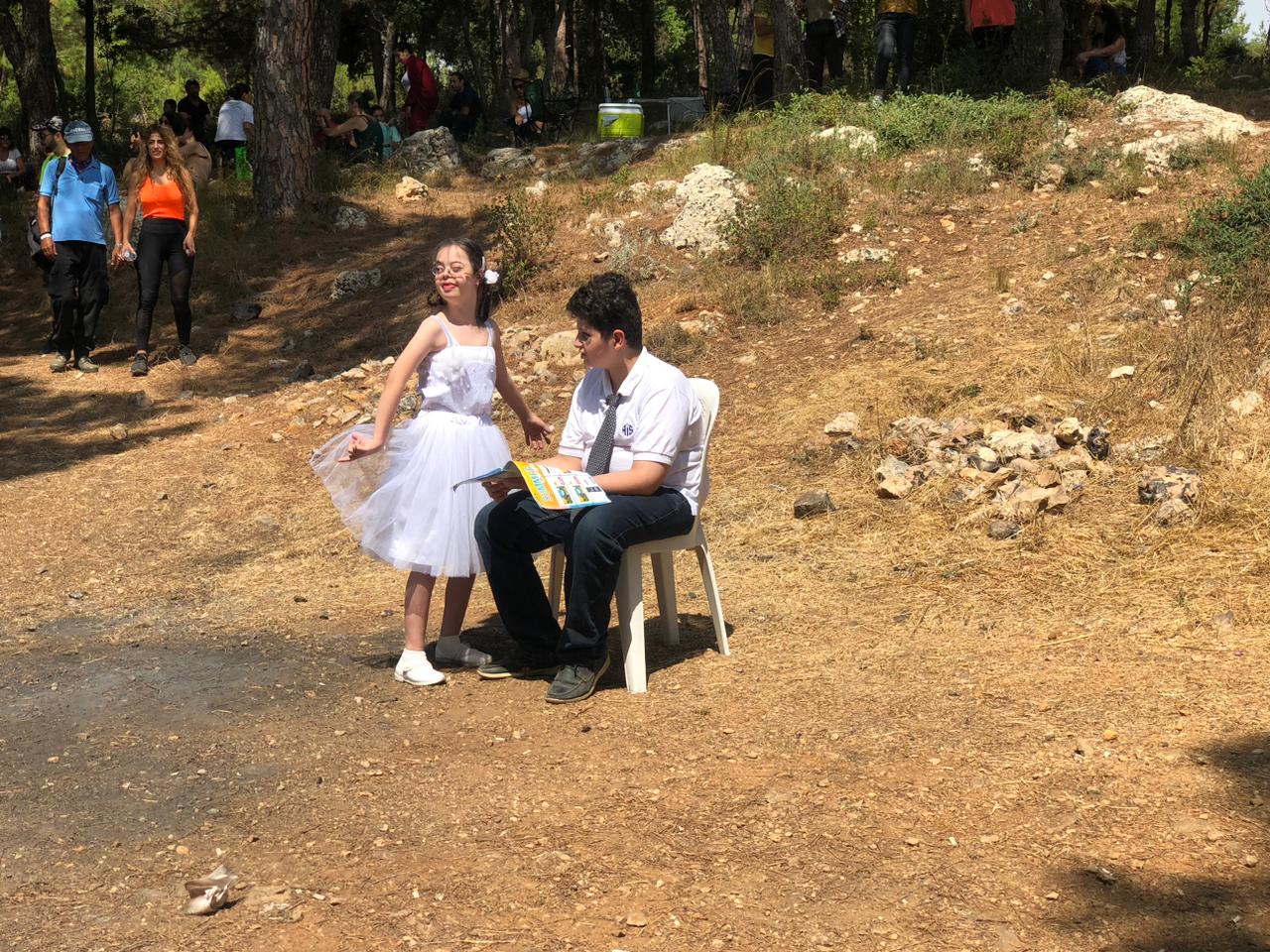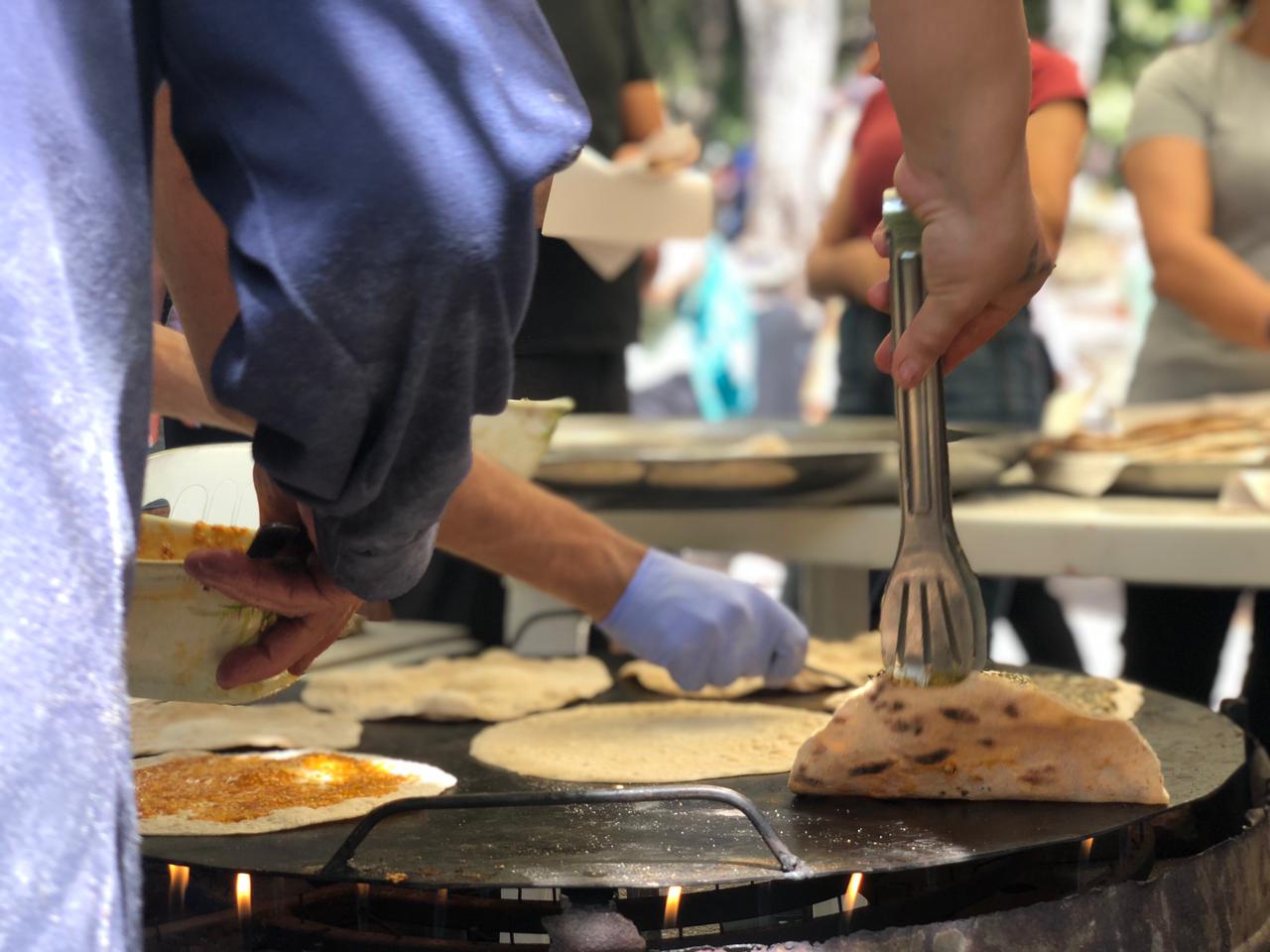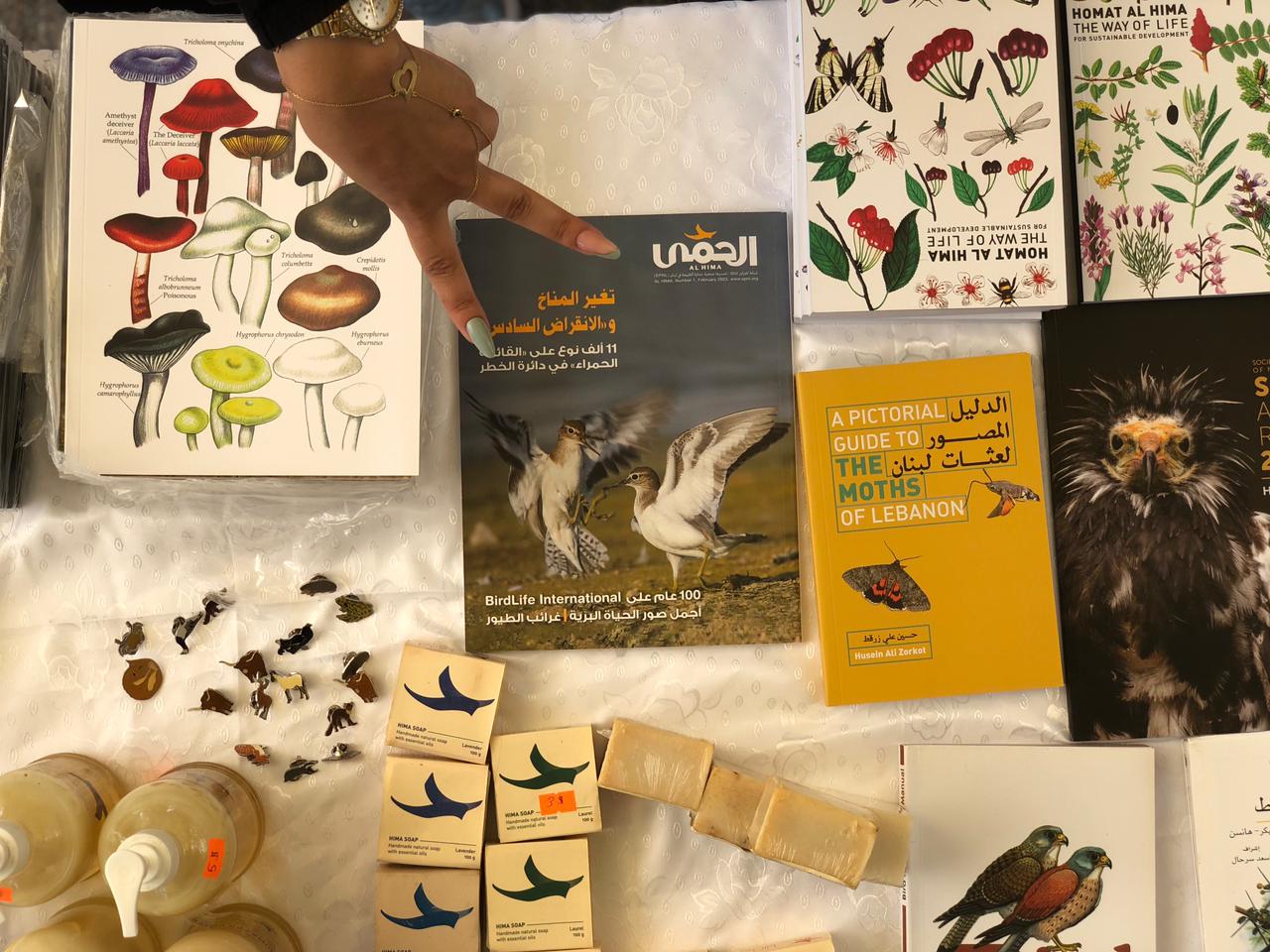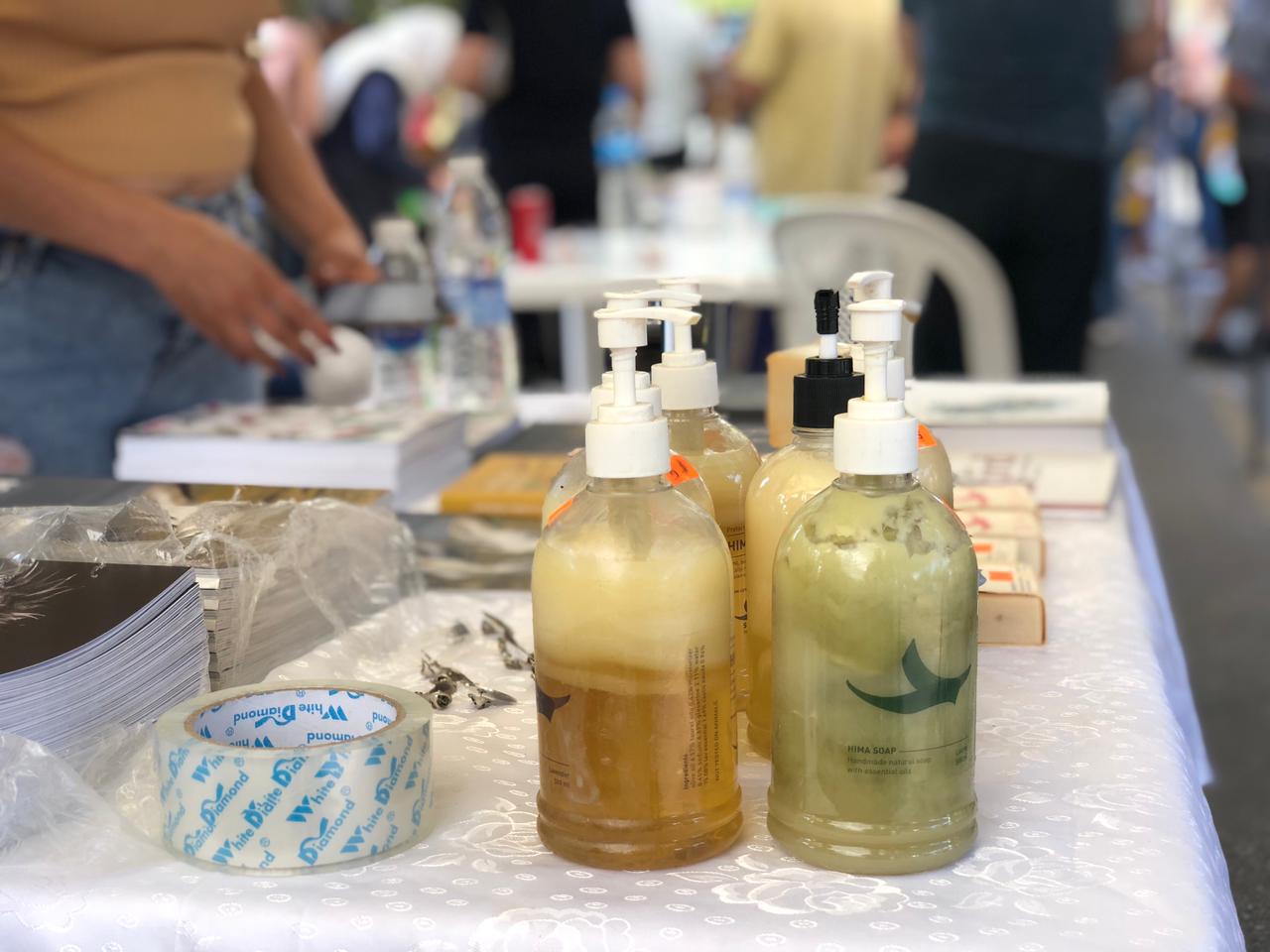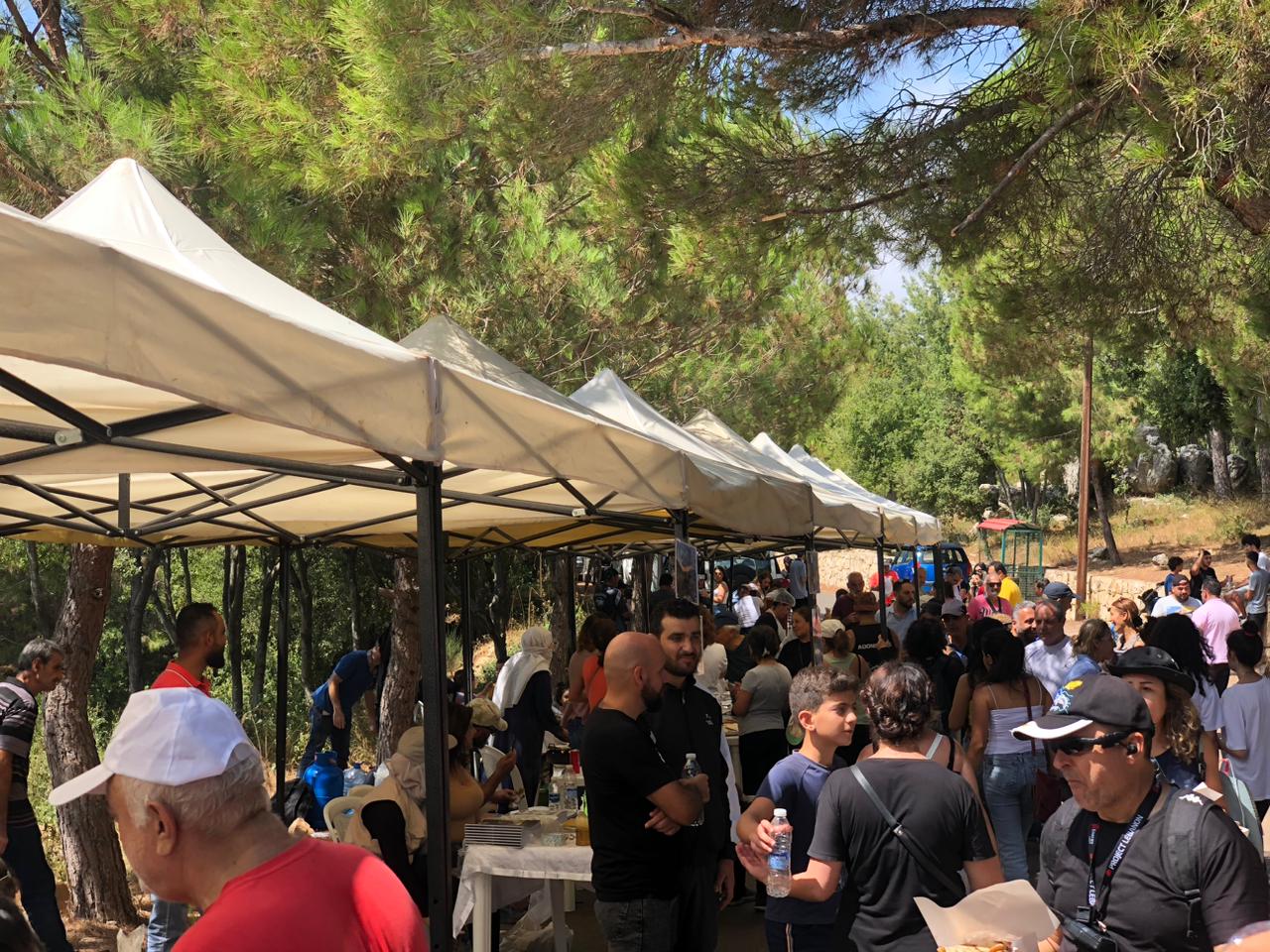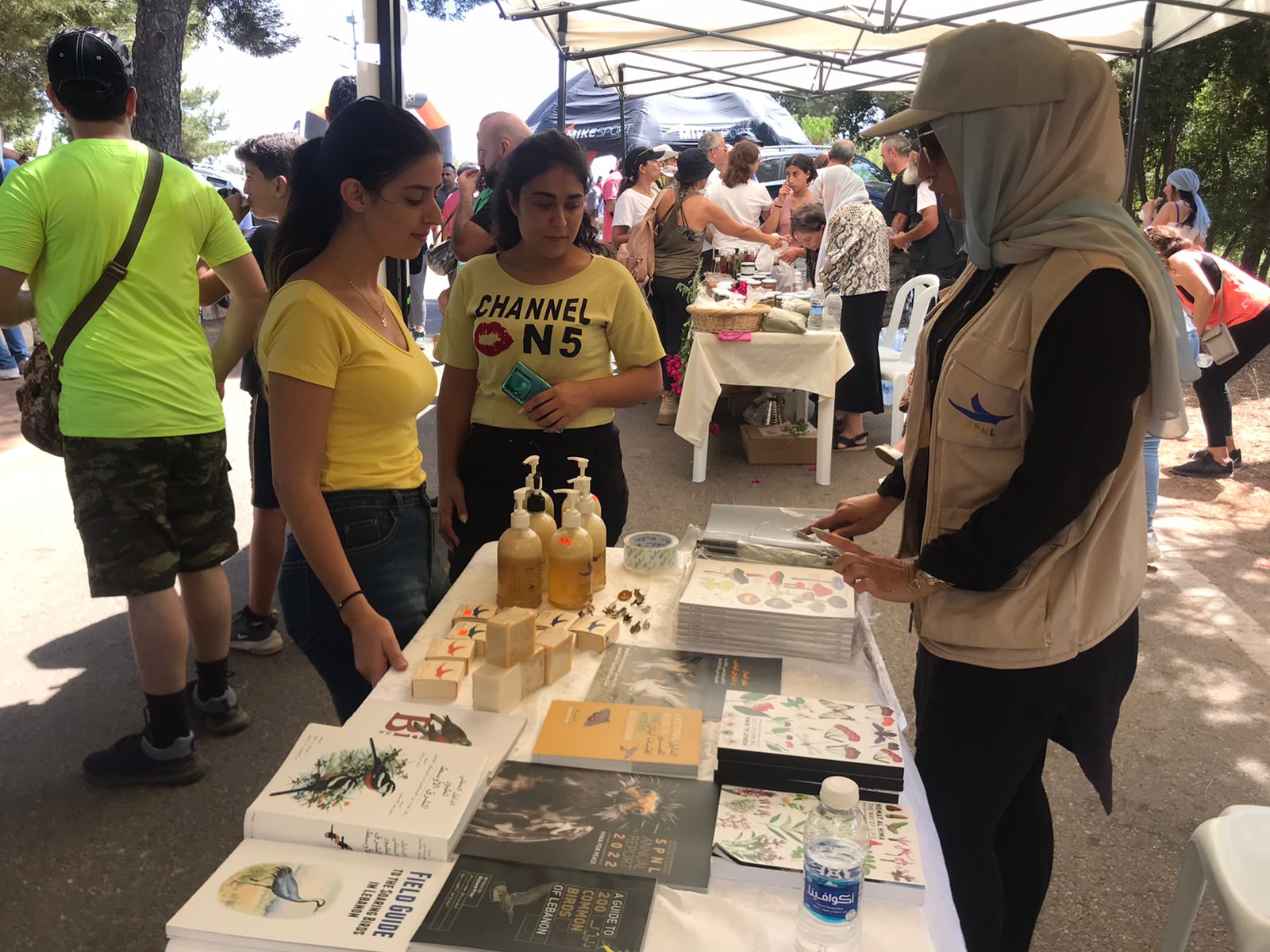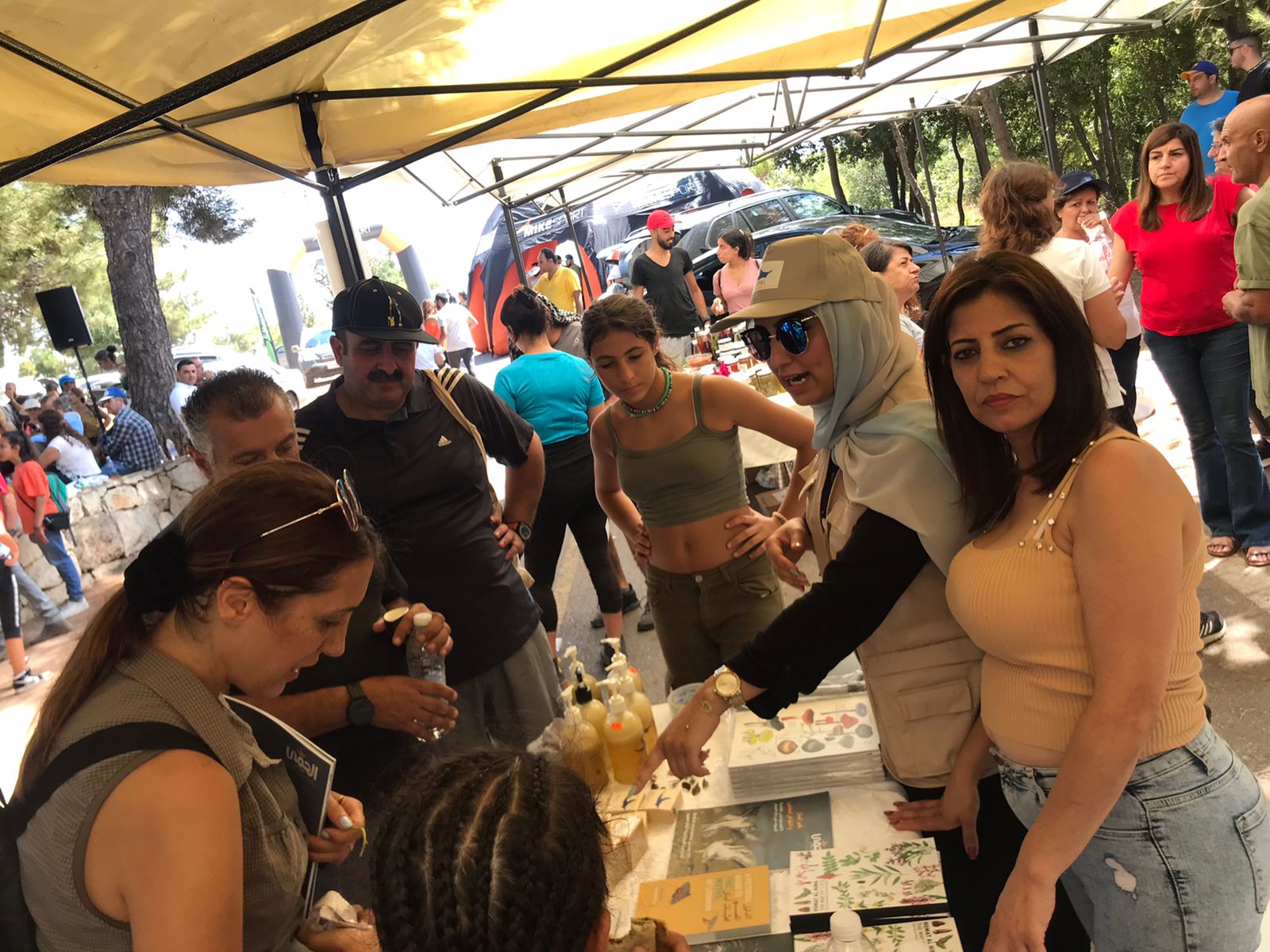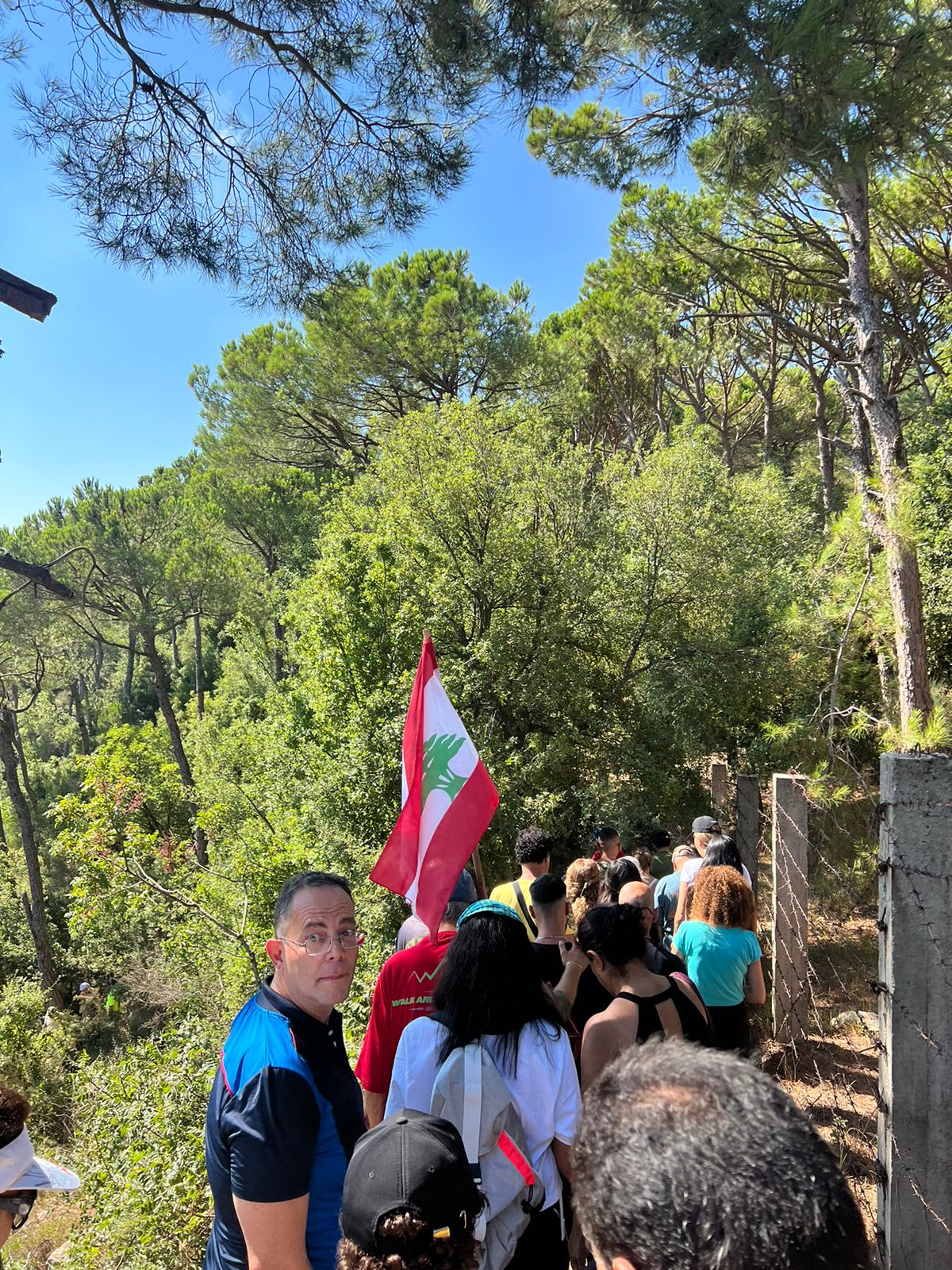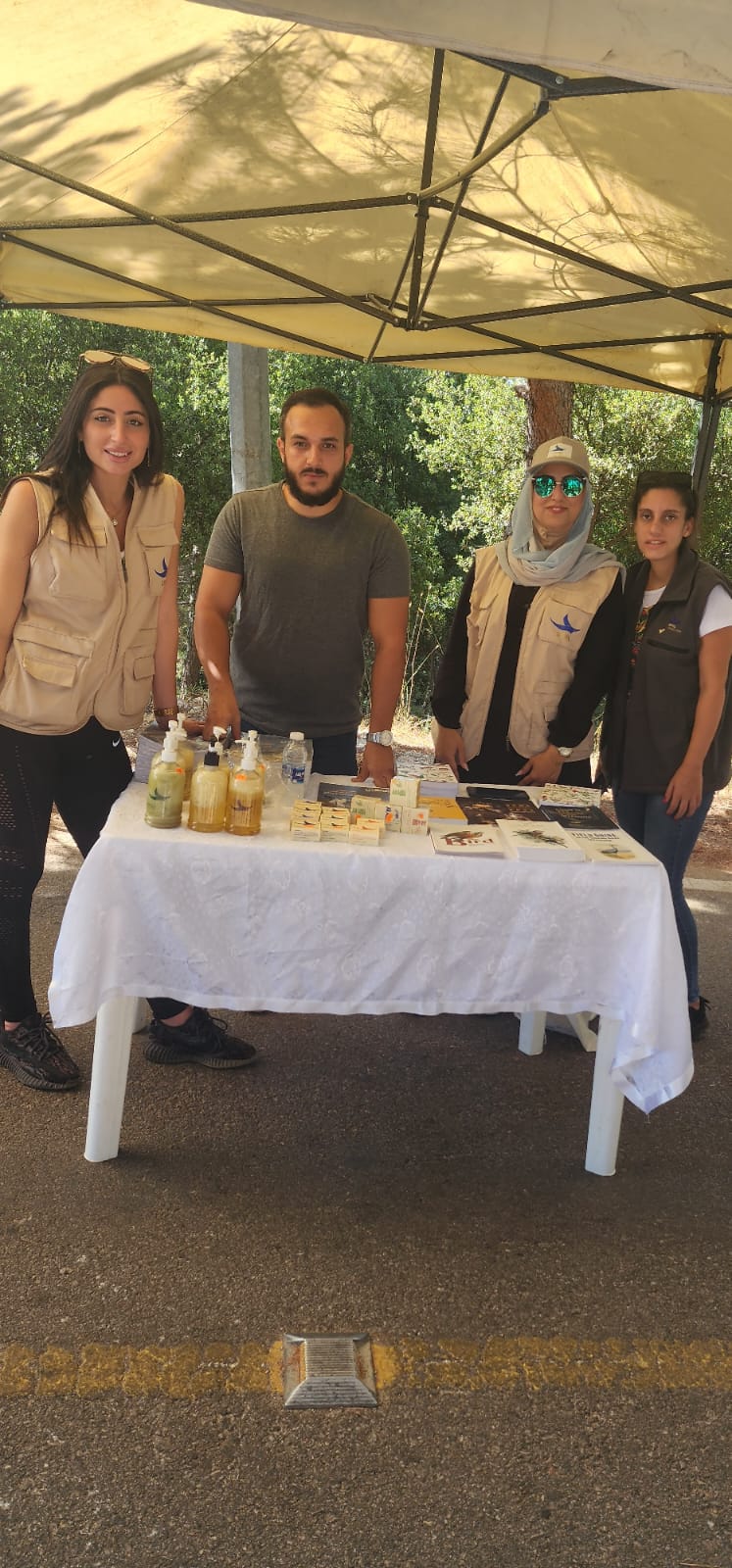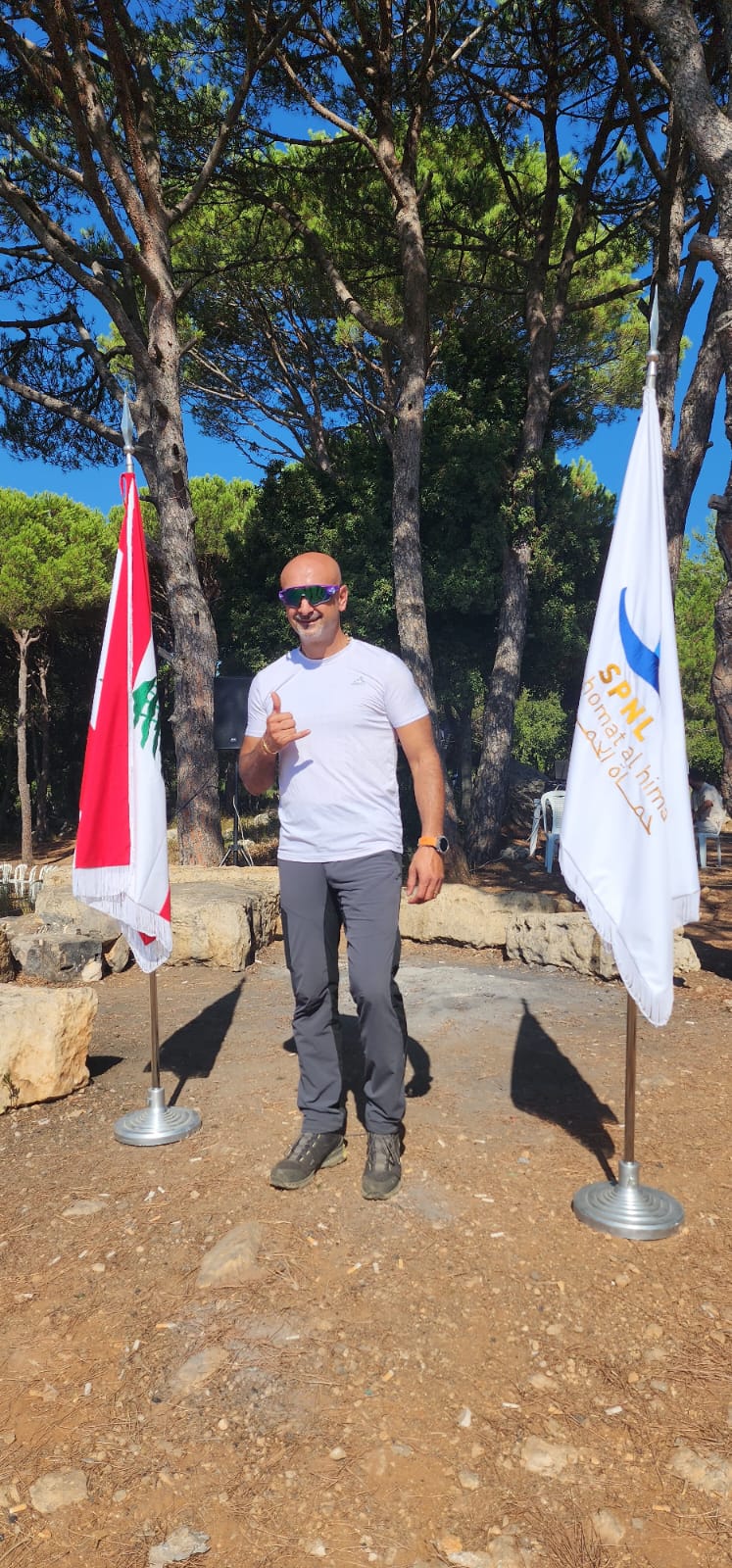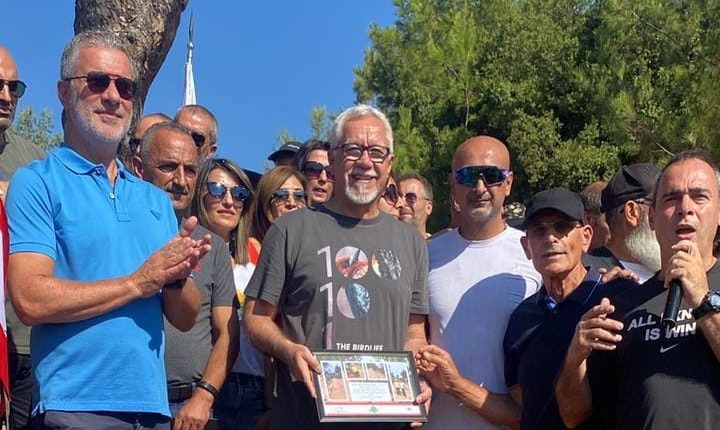
Minister of Tourism Includes Baysour Hima Tallah Trail on Tourist Map
The Minister of Tourism in the caretaker government, Eng. Walid Nassar, while touring the town of Baissour, announced the inclusion of the “Tallah Trail”, which is located on Radar Hill in the Baysour District, on the tourist map for nature and the environment.
The event was a beautiful scene from the heights of the town of Baissour, which is one of the villages of the Aley district, and from Radar Hill in particular, overlooking Beirut and the rest of the peaks of Mount Lebanon and the south, witnessing a day of environmental tourism under the auspices of the Minister of Tourism and with the participation of former MP Ghazi Al-Aridi and a large number of NGOs active in the field of the environment, as well as people from all regions of Lebanon for the inauguration of the Baysour hima.
Nassar said, “From Baissour, I wish Lebanon how the Society for the Protection of Nature in Lebanon (SPNL) launches the 29th site to connect different parts of Lebanon with each other. We hope that officials in Lebanon will link all these areas with bridges of love, contact, dialogue and closeness. The Ministry of Tourism has decided to include Radar Hill on the local and international tourism map .”
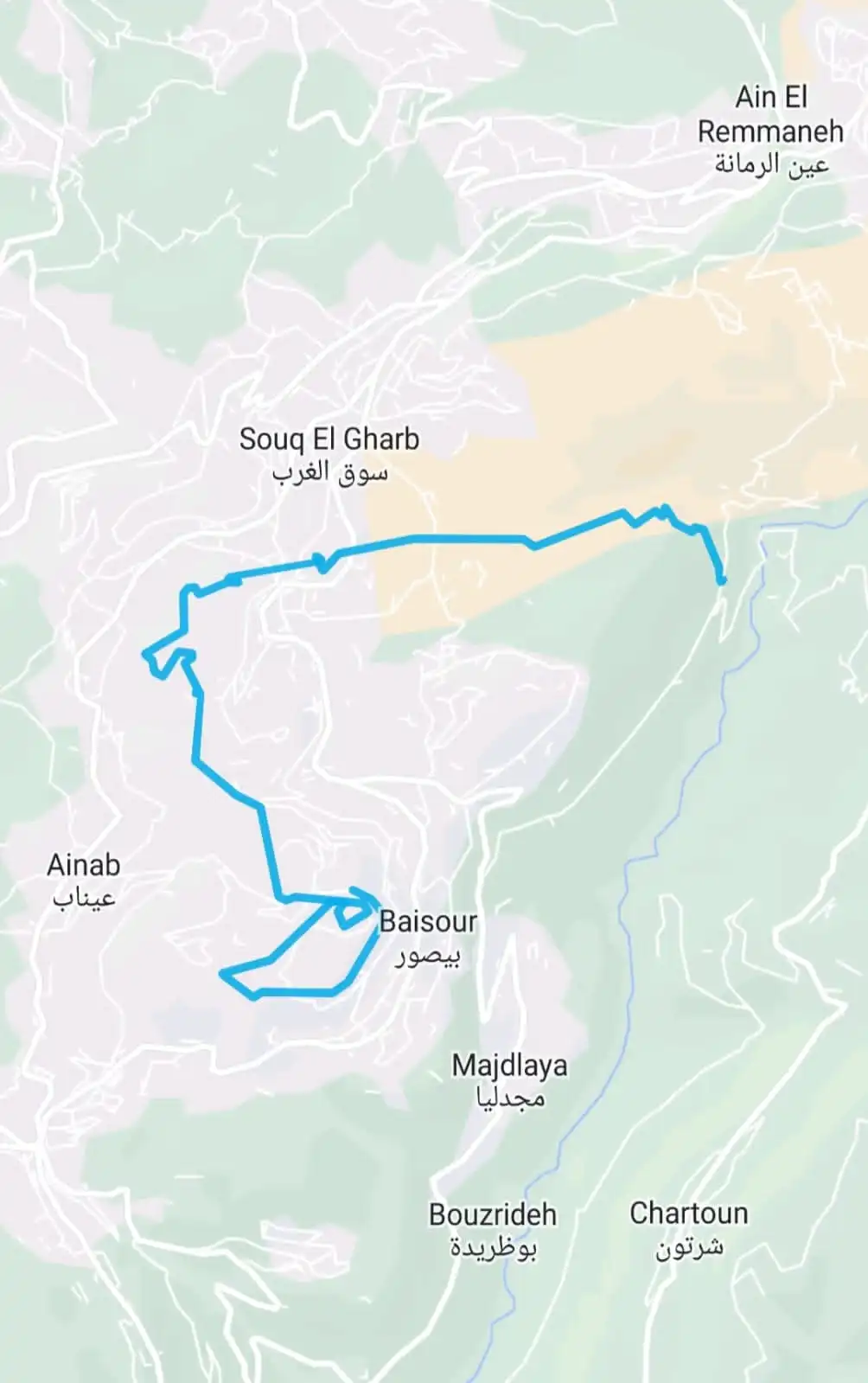
Minister Aridi in turn said, “This is Baysour taking in the children of the nation in a unifying national trail colored by sports, the environment, tourism, development and cooperation so that Lebanon may remain a green paradise. Despite all that is happening in the country, the situation of the state and the collapse of state institutions, and the danger of the absence of the concept of the Lebanese state, the remain ministers and figures who bekieve in Lebanon and in the role of the state.”
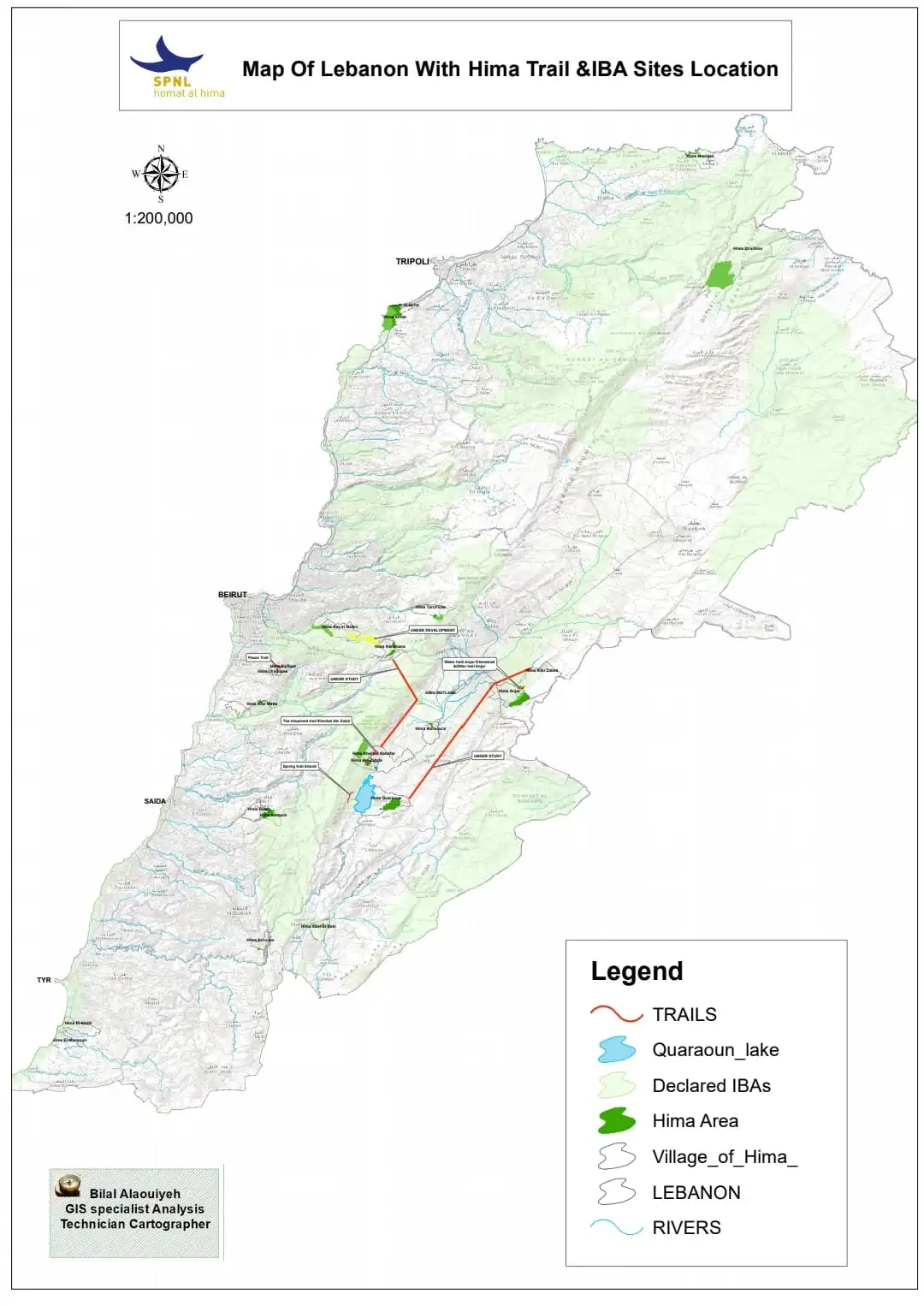
Hamada Malaeb, who is responsible for the hima trail at the Society for the Protection of Nature in Lebanon (SPNL), pointed out that the idea started with the Baysour Hiking Group, which started a year ago through our efforts, which have now borne fruit in the trail being included in the tourist map. We hope everyone who enjoys hiking in nature visits the Hill Trail.”
Asaad Serhal, Director General of SPNL, said: “We are in Baysour, which is in the path of the Hima trail. Baysour is distinguished by its natural environment, especially the radar site, which overlooks Beirut, the Chouf Cedar Reserve and the valleys. The link between the natural and cultural heritage is embodied through the hima paths and the link between communities in the region through hima for peace.”
The draft law on nature reserves defines a Hima as a site that includes a natural ecosystem that can include a part that has been sustainably modified (ie through the sustainable use of natural resources) and is of significant biodiversity, ecological services and cultural values. In this site, the ecosystems, natural habitats and associated cultural values are voluntarily protected by a traditional system of natural resource management by the local communities based mostly on the local traditional skills of these groups.
Hima management standards are diverse, evolving and expanding, and today depend mainly on preserving biodiversity by promoting responsible hunting, conserving wildlife by preventing the destruction of their natural habitats or any other negative practices, and encouraging open spaces. It also includes promoting the use of sustainable, renewable energy, and promoting responsible tourism, the adoption of new water-saving technologies, such as installing sensors for efficient water use, encouraging sustainable grazing which is essential for flower diversity, preventing fires and producing high-quality organic milk, as well as encouraging people to sustainably use resources by reviving the Hima approach.
When the Baysour municipal council announced the decision to establish a Hima in the town, Baissour joined its two neighbors, Shamlan and Kaifoun, in declaring Hima areas. Thus, these three towns join the 26 natural Himas that are spread in various regions of Lebanon, most notably in Ibl al-Saqi, Kafr Zabad, Anjar, Qalila, al-Mansoori, Andqt, Manjez, Maabour al-Bayad and al-Fakhahah, as well as Khirbet Qanafar, Anfeh, Aqoura, Tarshish, Jbeil, and Aitanit. The uses of this hima range from grazing, responsible hunting, water management, organic and responsible agriculture, and biodiversity protection.
The “Mount Lebanon Hima Center – Luke Hoffman” of the Society for the Protection of Nature in Lebanon (SPNL) in the town of Kifoun plays a pioneering scientific, environmental and educational role by spreading awareness, supporting youth, building their capacities and training them through their participation in the “Hima Guardians” program. The Luke Hoffman Center is an ideal site for rehabilitating rescued birds, most notably the endangered Egyptian vulture, where many of these birds were rescued, rehabilitated, cared for and transported to nature reserves in Europe after they were rescued and treated at the center.
